Questionnaire for Retired Park Wardens, Resource Conservation Specialists, Associates & Spouses
Park Warden Service Oral History Project – March 2022
Include your name: Dan Reive
Where and what year were you born?
I was born in July 1954 in the hamlet of Olinda, just outside Leamington, Ontario. Olinda is now considered a ghost town in Essex County, as there is little left other than a historic Universalist Unitarian Church and cemetery.
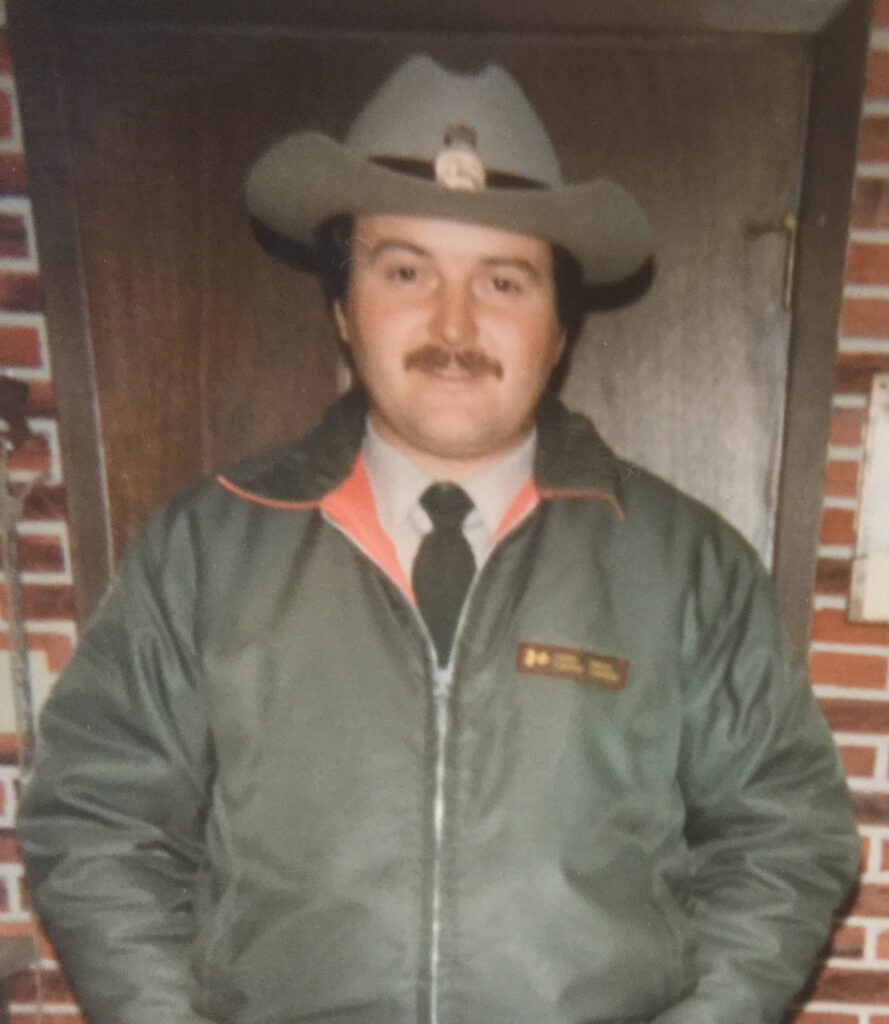
Dan Reive circa 1980
Where and how did you spend your growing-up years?
I spent my youth on a small orchard farm – the family grew mainly peaches, cherries, pears, as well as asparagus and melons. It was an idyllic childhood with 2 brothers and a sister, scouring the fields and ditches for pet turtles, minnows, crayfish, and the odd leech. We had rabbits, chickens, and a foul tempered pony to keep us entertained. BB and pellet guns never left my hands, giving me the opportunity to admire plumage and identify birds. Flying grasshoppers also sharpened the shooting skills. The family eventually moved into Leamington where I finished my elementary and high school education.
Why did you want to join the Warden Service?
During my later high school years and first year of college I spent my summers working at a municipal park that had camping and day use beaches on Lake Erie. It was my first “Park Warden” job (including uniform!), and I had the tasks of cleaning washrooms, collecting camping and parking fees, burying dead fish in the beach sand before the sunbathers arrived, as well as waking up the migrant workers sleeping under the shrubbery so that they could head off to work in the farm fields. I decided to go to college at Sir Sandford Fleming in Lindsay, Ontario, where my interest in the outdoors might lead to a job where I didn’t have to work in the local Heinz factory.
Which national park did you start working in?
On completion of my 2-year Forest Biology Technician program at Sir Sandford Fleming College in Lindsay, Ontario (in May, 1974), I had one job offer from the province that entailed cleaning roadside campsites at the end of the road in Northern Ontario. I headed home to find something more suitable. An ad in the local paper for a 3 month term park warden position at Point Pelee National Park had me going for an interview with Ray Knight, the Chief Park Warden. As I left the interview, Ray told me “my wardens don’t wear beards”, so I headed home to shave and show up for work the next day. He didn’t say anything about cutting my long hair though!
What different parks did you work in? How did they compare? Do you have a favorite?
I worked as a seasonal GS-PRC 8 warden in Point Pelee from 1974 to 1981. From there, I went to Georgian Bay Islands National Park as a GT2 warden from 1981 to 1984. Then, a lateral transfer to Gros Morne from 1884 to 1985. In 1985, I went to Kejimkujik as the GT3 Area Manager at the new Seaside Adjunct. In 1989, I returned to Point Pelee as the Chief Park Warden/Manager Resource Conservation.
Point Pelee is a unique park – the agreement signed in 1918 as the first national park established for its biological merits. Its’ early years were characterized by extensive cottaging, unorganized camping, sport hunting, trapping, and heavy visitor use.
Georgian Bay Islands National Park is a boating and snowmobiling park, and access is limited to those modes of travel. We lived in a house on Beausoleil Island, along with another warden, Michel Villeneuve, and his family who resided in a small cottage. Our children were picked up by a school boat, and in winter, were taken to school by a contracted snowmobile driver. Gros Morne was an incredible experience for someone from the flatlands of southern Ontario. Beautiful scenery, Newfoundland people, moose everywhere, and trout in every river. The Seaside Adjunct at Kejimkujik was an opportunity for me to help open up a new park on the Atlantic coast. The Seaside was probably my favourite posting. I had a couple of great seasonal wardens working with me over that time, Greg Kenney and Barb Heilmann. Jordan Wentzell, the Chief Park Warden, and Warden Royden Charlton were both fine gentlemen to work with.
What were your main responsibilities as a Warden over the years?
My early years in Point Pelee focused on law enforcement (highway traffic and liquor offences), control of high visitor use, and natural resource protection. Parks was in the process of purchasing all the private lands and cottages in the early 1970’s, and many of the buildings were moved out of the park. Helping negotiate buildings through the narrow gateway and subsequent replanting of the disturbed sites was a main focus. Georgia Bay Islands National Park was a mix of remote campground patrol by boat, public safety patrols, and various resource management programs. The mark/recapture project with the Massassauga rattlesnake was a particularly interesting one. My time at Gros Morne was spent in moose and salmon poaching patrols, search and rescue incidents, timber cutting and rabbit snaring monitoring, and fire management plan development. At the Seaside Adjunct, I was the first park staff member on site at the new park addition. It was an incredible experience – establishing a store front office in Liverpool, managing building removal and boundary cutting projects, initiating basic resource inventory projects, working with the province to protect the endangered piping plover nest sites at the Adjunct and surrounding provincial beaches, and acting as a park interpreter doing local programming. There I gained the experience necessary to become the Chief Park Warden back at Point Pelee.
What did you like most about being a warden? What did you least like?
The sheer variety of tasks and experiences in each of the parks I was fortunate to work in. Being able to manage your own work day. Working with other park and provincial staff who shared the natural resource protection goals. The adventure of moving with my family to a new park and experiencing the places and people.
What I liked least was the last 10 years of my career, when senior park management was hell bent on changing the warden service. I think we had always prided ourselves as being the key staff group in the park – tasked with the most responsibilities, willingly putting ourselves in dangerous situations, identifying human impact and resource problems, and developing strategies for senior management to address issues. The early 2000’s was a time of great change in the warden service that has been thoroughly covered through other interviews.
What are some of the more memorable events of your Warden Service career?
There are many memorable events that come to mind. The first time I attended a warden training school at the Palisades in Jasper – the trip out by plane and train, first glimpse of the Rocky Mountains, meeting western wardens who were legends to us back east (we called them Readers Digest wardens because of the mountain rescue stories), and having one particular western warden exclaim “Christ, we have parking lots out here bigger than Point Pelee!” I was fortunate to be able to attend grand opening ceremonies in both Pukaskwa and Gros Morne National Parks. And I still recall the first words my wife Mary-Ann said to me as we approached a barren Port a Basque, Nfld. in dense fog at the end of a rough overnight ferry ride from North Sydney, NS – “what the hell have you gotten us into?”
Can you tell me about any rescue/wildlife/fire/enforcement/other stories that stick out in your memory?
One incident from Georgian Bay Islands National Park that always stays with me is when myself and warden Michel Villeneuve went through the ice with our snow machines. There had been a local cottager who had went through the ice with his machine and died of exposure one night. He was found in the morning, his beard frozen to the ice, as he was unable to haul himself out of the hole. We decided to go out and check the marked ice trails around the perimeter of Beausoleil Island. On the west side of the island, the bay ice was very choppy where the winds had driven it towards shore. We decided to travel over to some smoother looking ice to check the thickness. What we didn’t realize was that the smooth ice was actually just partially frozen slush. I looked over and saw Michel sinking and beginning to swim. I reached down to grab my rescue pack off the handlebars of my machine, and saw that I was up to my knees in water. I leapt off the machine, and happened to land on firmer ice. I looked back towards Michel and saw he was churning the water with his ice picks, hoping to get a firm grip on something. I was able to use my picks to drag myself closer to shore. Lucky for us, we had made up these ice picks from pieces of broom handles and nails and hung them around our necks with string. After a long frozen walk back to the house, and a soak in the bathtub in order to get our snowmobile suits off, we were none the worse for wear. CPW Jim Reynolds donned his diving gear the next day, and we were able to retrieve the machines out of 15 ft. of water.
Another incident happened my first weekend of work in Gros Morne. A recently graduated young doctor from Quebec had parked his vehicle in the Gros Morne trailhead parking lot and hadn’t been heard from in a couple days. A group of wardens were helicoptered up to the summit to search for evidence – we had no idea if he had hiked there or some other area. We combed the area for an entire day on extremely icy slopes, I believe with Roger Baird and his dog Rook, and finally found a book of matches from a hotel in New Brunswick where he had stayed. The helicopter pilot found the body on a ledge below the summit- he had slid down the side of the mountain and over the edge.
Poaching was rampant in Gros Morne, with moose being the target species for meat trafficking. One of our enforcement tactics at the time was being dropped off in roadside areas where moose had been recently reported or were actively feeding. It usually didn’t take long for something to happen. While lying in wait one day, watching a feeding moose, we observed a school bus stop to watch the animal. Sometime that night a poacher shot the animal, bagged the quarters, and hid them in a recognizable spot. The meat was then sold in town, and the purchaser had to come and pick the meat up. Rarely did we catch the actual poacher, but the guy trying to fill his freezer ended up having wardens with search warrants knock on his door. On one investigation, myself and John Taylor (Central District Area Manager) showed up in our suits as ‘federal game wardens” and interviewed a potential witness at his house. His dialect was so strong, we had to use hidden tape recorders with microphones in our sleeves to record his conversation. On return to the office, one of the staff members from Rocky Harbour provided a translation for us.
A wildlife story from Georgian Bay Islands National Park concerning escaped rattlesnakes has already been posted on the alumni website under “Snake on the Loose”.
How did the Warden Service change over the years? – centralization, affirmative action, focus on public safety, changes in 1990s & 2000’s
Many of these topics have been well covered by other wardens in their interviews and histories. The law enforcement issue revolving around warden safety, the issuing of sidearms, and the eventual separation of the Warden Service from Resource Conservation subactivity was a sad time for many of us. We had willingly exposed ourselves to danger for years, whether it be highway traffic stops involving hardened criminals, backcountry poaching patrols apprehending armed individuals, or sometimes just being in uniform at the wrong place at the wrong time. By the late 1990’s, almost all unarmed law enforcement agencies had recognized that sending officers into dangerous situations without personal protection was wrong. But senior management and the government of the day were reluctant to have any newly armed officers in any federal department (including Canada Customs).
This leads me to an example from my early days at Point Pelee. Since Pelee was essentially a day use park, Ontario liquor laws prevailed and alcohol was not allowed anywhere in the park. Spring smelt fishermen and beachers in the summer always devised ways to get alcohol into the park. One afternoon, I stopped and was writing up an alcohol charge in the parking lot of Northwest beach. I observed a vehicle coming the wrong way, with 2 people sitting in the open trunk dragging their feet in the sand. I called over to simply advise the driver that he was going the wrong way, and that the people in the trunk had to move into the vehicle. The driver slammed the car into park, reached under the seat, removed a tire iron, and proceeded to run towards me yelling profanities. There I was holding my ticket book and pen, no protective gear at all (this was the mid 1970’s), and only my truck to retreat into. I idled down the parking lot, with the car load of yokels following me. I called for backup to warden Pat Keefe who had just went off shift, and had the gate staff call the local police force. I slowly proceeded north, out of the park, and turned down a side road hoping we could all box them in. Once I saw Pat behind us, I stopped, pulled out my issue single shot .410 shotgun from behind the seat, and confronted the group of 5 men and one woman. The one carrying the tire iron continued threatening gestures, and each time he advanced towards me, I would threaten to shoot if he came any closer. I saw Pat pull in behind them, leave his truck, and pull out his personal Smith and Wesson .44 magnum revolver. At the same time, the police were approaching the scene from behind me, and the guy holding the tire iron pitched it out into the field and the group headed for their vehicle. Pat had misinterpreted my radio call advising of someone threatening me with a “tire iron”, as the word “firearm”. The police constable later advised me that the individual had a long history of assaulting peace officers, and that it would have been best if I had pulled the trigger. All I could think of during the event was that my career as a seasonal warden was probably coming to an end ! Management kept the incident quiet, and later when the Park Superintendent transferred to another park, the only item left in his desk was the incident file folder.
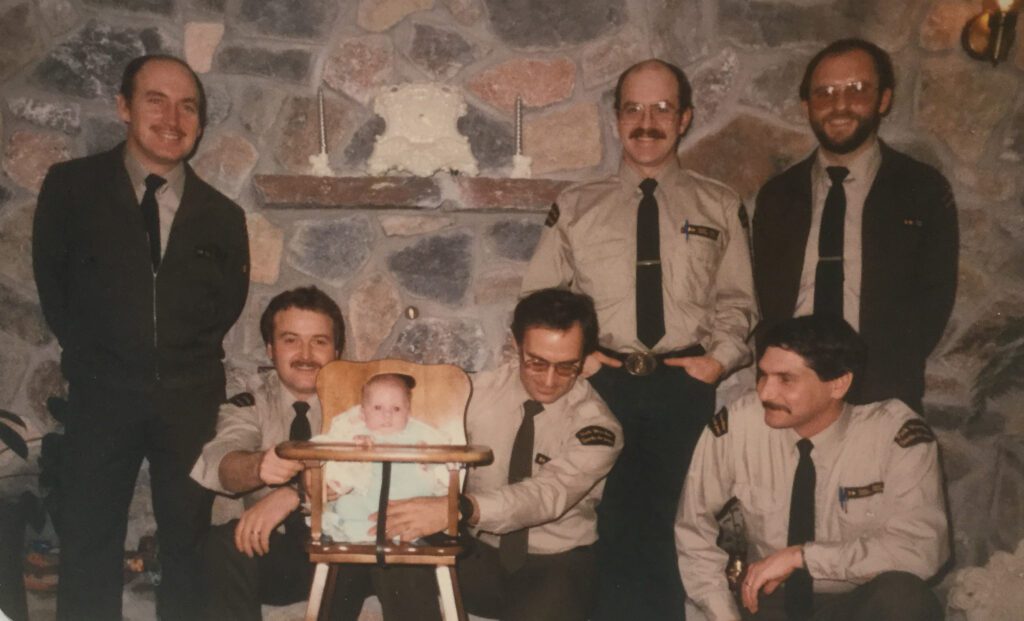
Central district wardens in Gros Morne circa Dec.1984 presenting a high chair to Irene Howell, our Resource Conservation administrative clerk, and her new baby – Paul Galbraith, Chief Park Wardeb, Rick Brunt, Gerry Carr.
Seated – myself, baby Howell, John Taylor, Area Manager, Carl Betts.
What aspects of the warden’s job were most important to you?
I believe our most important work was the protection of parks for future generations. When you really think about that statement, with all it encompasses, and if society is still able to retain and visit these special places in the 22nd or 23rd centuries, what a legacy early park staff will have left.
Are there any legends or stories associated with the Warden Service that you can share or stands out in your mind?
There are so many more than what I’ve included here, but space would become a problem !
What do you want future generations to know about the Warden Service as you knew it?
As many others have said, being a park warden was truly a way of life. Moving to new parks and communities was a fascinating way to learn about Canada and its’ people. A young man from southern Ontario could take his family to live amongst the 30,000 Islands of Georgian Bay, jig for cod from a wooden dory in Bonne Bay, Nfld. with a pod of minke whales playing a few feet from the boat, and live in the historic community of Liverpool, NS. through having a career in national parks.
What made the past and current Warden Service such a unique organization?
I think it was our sole focus on the protection words outlined in the original National Parks Act. Many times, it seemed we were protecting the parks from our own senior management and ruling governments of the day. Expanding the footprints of ski hills and golf courses, building trails and facilities into Zone 1 Protection Areas, planning gondolas to the top of Gros Morne, and other major developments were projects the warden service fought, eventually to our own detriment.
Do you have any lasting memories as a Warden? Favorite Park, cabin, horse, trail, humorous stories, etc.
As I spent most of my career at Point Pelee, I would have to say it was a favourite park – but a bit of a love/hate relationship. It was a constant battle between high visitor use, ecosystem protection, maintaining great numbers of Species at Risk, and dealing with ecological issues in the smallest of national parks. Being so far south, we were constantly managing new ecological issues in Canada like West Nile virus, black legged ticks/Lyme Disease, and Emerald Ash borer. Former human use in the park left it with record high levels of DDTin soils, causing human safety and wildlife extirpation issues. The “ecological island” effect also left us with superabundant whitetail deer and double crested cormorant population issues, necessitating periodic culls of both. In 1989 and 1990, we were moving towards a cull of deer – there were probably 125+ surplus deer in the park that the habitat could not sustain over time. Plans were drawn up, interpretive programming delivered, school assemblies attended trying to explain why we had to shoot “Bambi”, as well as radio and television interviews conducted. On the first day of the planned cull in January, 1991, senior management in Ottawa still hadn’t given us the green light to proceed as the Minister responsible for Parks was still having second thoughts. We also anticipated protests outside the park as well as immense media coverage, so no shooting was really planned for the first day. Luckily, President Bush decided to launch the first Gulf War that day, which made our job much easier ! The media had something much more interesting to occupy their time…and senior management…gave us the OK to proceed at 4pm.
Do you ever miss being a Warden?
I do sometimes miss being a field warden, but I don’t miss being in the role of Chief Park Warden/Manager Resource Conservation. There was much stress and angst at the workplace in the early 2000’s.
What year did you retire or leave Parks Canada? Presuming you are now retired, what do you enjoy doing during your retirement?
I retired after 35 years service at the age of 55. We spend time now with the four grandchildren and enjoying retirement. We have a large forest acreage just south of Bancroft, Ontario, with an off-grid 2 bedroom 1 bath cabin, that we use for hunting, ATVing, and hiking. I’m involved in competitive target rifle shooting at various ranges in Canada and the US. I’m also the president of an outdoor club that holds a couple of fishing tournaments and a large sportsmen show each year, raising funds to help kids enjoy various outdoor activities in the local area.
Is there anyone else from the Warden Service you would suggest we talk to?
There are many wardens that come to mind who I haven’t noticed on others’ lists – Bud Andress, Carl Betts, Gerry Carr, Daniel LeSauteur, Peter Deering, Michel Villeneuve, Doug Sweiger, John Taylor, Tammy Dobbie (still working at Point Pelee). There are many more Ontario, Quebec, and Maritime wardens – too many to list…..
Is there anything I have not asked you that you think I should know about the Warden Service?
Warden’s spouses were an integral part of the service, albeit unpaid ! From answering radio calls, relaying emergency information, selling permits, being asked to travel, live, and raise children in sometimes trying circumstances – the warden service would not have been such an effective outfit without them.
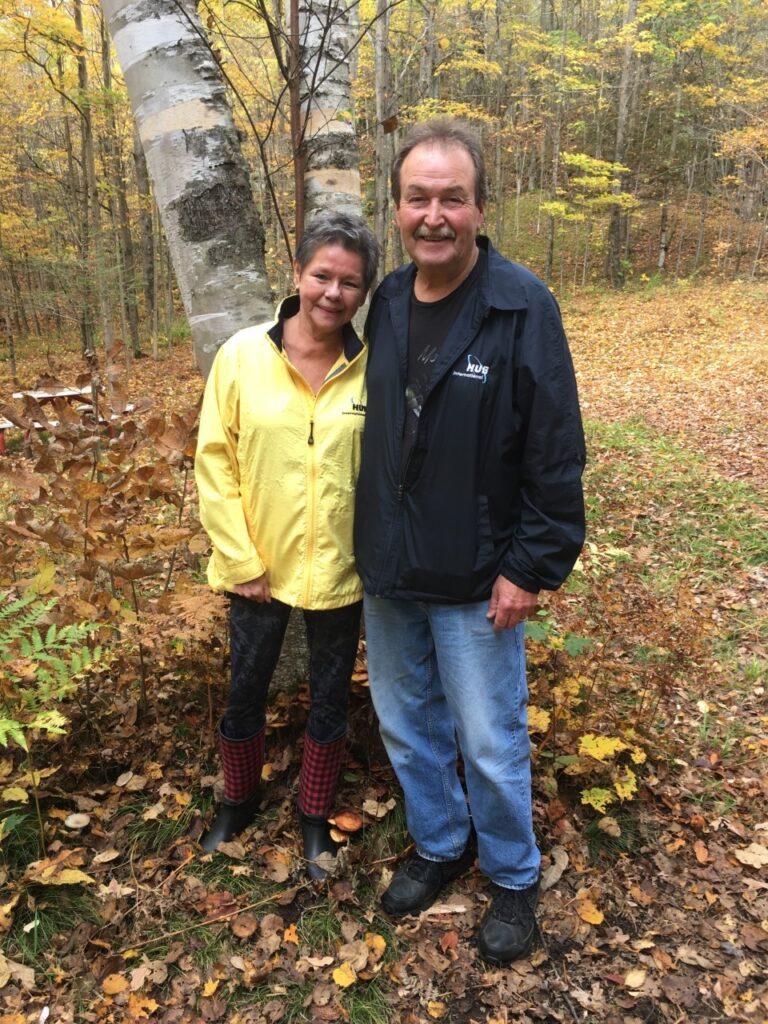
Mary-Ann and Dan Reive.
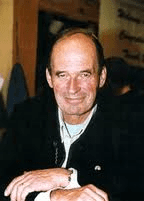
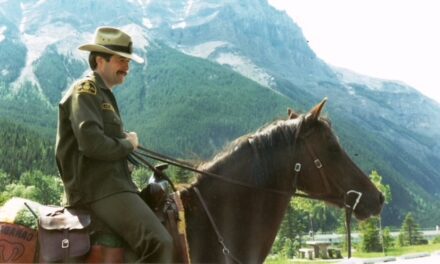
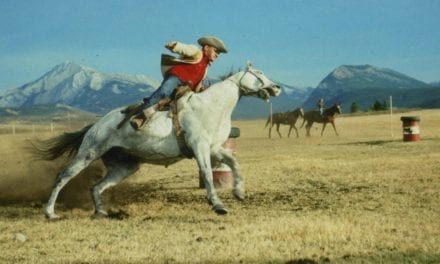
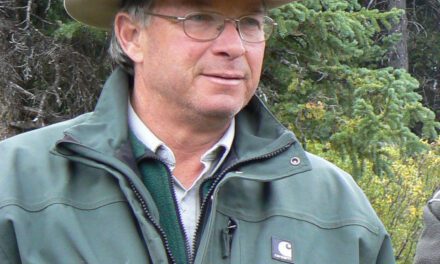
Good to hear your stories Dan. I recall when I started you were one of the pillars of the Chief Park Wardens from Ontario (from when I started, it was you, Dan Couchie at Puk, Hugh Bremner at GBI, Mike Briggs at the Bruce, and Larry Harbidge at SLI). You were the only one I never had the pleasure to work for. Good to hear things are going well for you…take care, Andrew Promaine
Hi Andrew – I just saw your comment after going through the website. There were many others we worked with in the old Cornwall regional office – Peter Whyte, Mark Yeates, Ian Brown, Luce and Bill Stephenson, John Taylor, and others that escape my mind at present. Fond memories of the Ontario group of parkies!
Dan Reive
Loads of memories there Dan … starting at line 1: some of my best friends lived in Olinda (well, on the Graham Side Rd). I can taste the peaches – and smell all those dead fish, on sand that burned bare feet. We had global warming in Essex County before anyone ever realized it was political gold. And my first permanent job was at that Heinz factory. Nice to see young Mr. Galbraith and John Taylor pop up again, too. Thanks for taking the time to record your passage through the service, for future generations.
Hi Terry – nice to hear from you. I just now saw your comment. It was fun sitting down and writing that history out, and I think all of us could probably fill a book if we were so inclined. If you’re ever down this way, look us up.
Dan